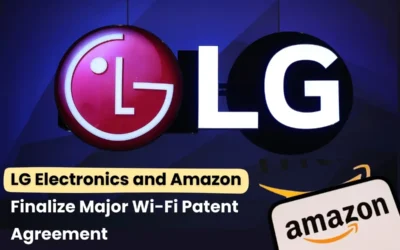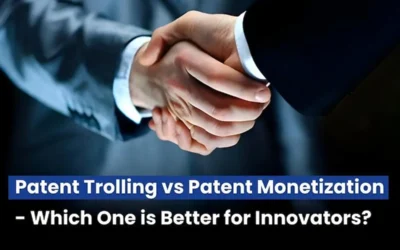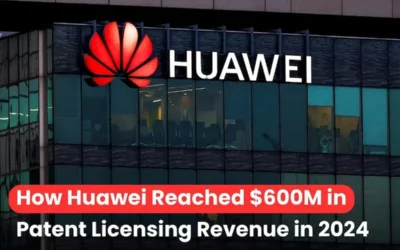
Innovation isn’t always about creating something revolutionary or groundbreaking. Sometimes, it’s about developing something simple, affordable, and practical that improves everyday life. However, not every invention with such features qualifies for full patent protection — and that’s where utility models come in. In simple terms, a utility model is similar to a patent but is designed to protect smaller, quicker, and more cost-effective innovations. It provides inventors with a faster and easier way to secure rights over their creations without the long and expensive patenting process. To better understand what a utility model is and how inventors can monetize it effectively, keep reading.
What Does a Utility Patent Mean and How Does It Protect Your Invention?
A utility model is a type of intellectual property (IP) protection that works very similarly to a patent. However, while a patent is typically reserved for major, groundbreaking, and often expensive innovations, a utility model is designed for smaller, simpler, and more practical inventions that still offer real value. Obtaining a utility model is generally faster, cheaper, and less complex than applying for a full patent. The process usually involves submitting technical descriptions, claims, and undergoing a formal examination by the patent office to ensure the invention meets the required criteria.
The typical process for obtaining a utility model includes:
- Prepare Your Innovation
- Conduct a Prior Art Search
- Draft the Utility Model Application
- File the Application with the Patent Office
- Formal Examination
- Registration and Grant
- Publication of the Utility Model
- Payment of Maintenance Fees
- Protection Period
To understand the concept better, let’s take a simple example. Consider a ceiling fan with detachable blades that makes cleaning and maintenance easier. The basic concept of a fan isn’t new, but this small, practical improvement adds real convenience for users. While such an idea may not qualify for a full patent due to its simplicity, it can be protected under a utility model for being a useful and innovative enhancement to an existing product.
Read Also:The Complete Guide to Patent Acquisition Process in India 2025
How Can You Monetize a Utility Model in Today’s Market?
Usually, when we talk about patent monetization, there are several common methods such as licensing, selling, pooling, and litigation. However, these approaches may not always work effectively for utility models due to their simpler nature and shorter protection period. That’s why we’ve explored alternative strategies that are better suited for monetizing utility models in today’s market.
- Collaborate with small manufacturers or startups to use your innovation and earn royalties or profit shares.
- Leverage your registered utility model as collateral to secure business loans or attract investors.
- Franchise your idea so others can produce and sell it under your brand in exchange for royalties or fees.
- Partner with universities or accelerators that can help develop and commercialize your innovation.
- License your utility model internationally in countries where such protections are recognized.
- Tokenize your IP through blockchain platforms to raise global investment without giving up full control.
- Use real market data like sales or customer feedback to increase the value of your utility model.
- Combine your utility model with other IP rights—like trademarks or design protection—for a stronger market position.
Read Also: New AI Patent Licensing Body Starts $100 Million Enforcement Drive
Conclusion
Utility models prove that innovation doesn’t always need to be massive or groundbreaking to create value. Even simple, practical ideas can become profitable assets when protected and monetized wisely. By choosing the right strategy—whether it’s licensing, collaboration, or modern digital methods—any inventor can turn a small innovation into a meaningful business opportunity.









